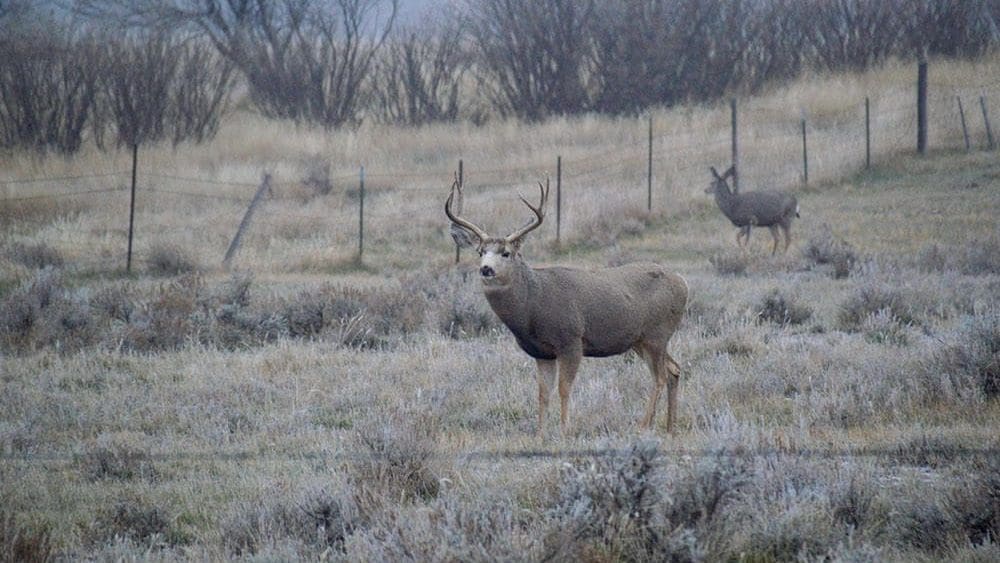Little Feat, a band known for its distinct fusion of country, funk, and rock, has left a unique mark on the music scene since its inception in 1969. The journey of the band began when guitarist and singer Lowell George crossed paths with keyboardist Bill Payne, leading to a collaboration that would set the stage for the group’s enduring legacy.
The band rapidly captured the attention of fellow musicians with their distinctive sound, releasing a series of albums in quick succession: their self-titled debut in 1971, followed by “Sailin’ Shoes” in 1972, and “Dixie Chicken” in 1973. Despite the tragic loss of Lowell George in 1979, Little Feat found new life in the late ’80s, reformed by Bill Payne. They have been touring ever since, with a performance scheduled at the Gila River Resort and Casino in Chandler this Friday.
In a reflective conversation, Payne revisits the band’s early days and the evolution of their music, particularly through a song that has been recorded multiple times: “Willin’,” a creation of Lowell George that first appeared on their debut album.
Musical Evolution and Iconic Sounds
BILL PAYNE: I thought that the original recording, which was on the, the self-titled Little Feat album, was a bit of a caricature compared to what we did on Sailing Shoes.
[MUSIC PLAYS]
PAYNE: He sang it in a great voice and we had a Floyd Cramer-esque piano going on …
[MUSIC PLAYS]
SAM DINGMAN: Can I ask you just on a personal note, for me, the moment I fell in love with Little Feat is, well the first time I heard “Easy to Slip,” and there’s something about the energy of the guitars on the way into that song.
[MUSIC PLAYS]
DINGMAN: It was just one of those moments for me as a music fan where I felt like I am never gonna forget this sound. I wonder if I could ask you a little bit about from whatever you remember where that song came from.
PAYNE: I’m not sure exactly where, I mean, Lowell wrote it, of course, and it was his attempt to write something that would be a commercial record for us, And it failed unfortunately, I didn’t really know. I mean I was hopeful as, as always. And the next door that opened was Dixie Chicken, which I introduced Paul Barrere, Kenny Gradney, and Sam Clayton to the band.
DINGMAN: Yeah, yeah, that’s, that’s a real moment it seems when the next iteration of the band’s sound really coalesces. Can you talk a little bit about what it felt like to find that sound? What, what for you were, because, you know, I mean, people who have written about it have talked about focusing a little bit more on groove on that album, some New Orleans influence, that sort of thing. What was going through your guys’ mind?
PAYNE: We were in the throes of experimentation at that point. I was listening to Clifton Chenier.
[MUSIC PLAYS]
PAYNE: I was also listening to Professor Longhair.
[MUSIC PLAYS]
PAYNE: What came out of that was that New Orleans kind of sound, and also just, I think people are right to center on the rhythm, and I include the piano in that as well, because when you listen to, let’s say “Dixie Chicken” …
[MUSIC PLAYS]
PAYNE: One of the finding licks in that song was that da da da da da bap bap, which is a lot different. They people call it an iconic click. I don’t know, I don’t know if it is or not, but it’s certainly one that’s recognizable.
DINGMAN: And I’ll give you iconic.
PAYNE: I’m not writing the song, but I’m, I’m adding colors and flavor to the songs which helped define it. “Two Trains” is a really great song too, pa pa da pa pa.
[MUSIC PLAYS]
DINGMAN: Let me ask you, Bill, cause you’re, you’re quoting the, you know, the keyboard parts from all of my favorite Little Feat songs. Are those sounds that came to you in the moment with the band in terms of, you know, like working through the songs? Or were those things that, you know, you kind of knew were going to be there no matter what form the song ultimately took, if that makes sense? Like, is that something you’re writing down on paper or those discoveries you made in the moment that then became quote unquote “iconic?”
PAYNE: I think they’re in the moment. What musicians do, Sam, above everything is we respond to sound. I have these notebooks that I’ve held on to for many years.
DINGMAN: Oh wow.
PAYNE: I’m gonna drag one out right now.
DINGMAN: Oh nice.
PAYNE: In 1981, I was playing with Linda Ronstadt. This is August 3rd. I’ve got directions to Linda’s house. George Massenburg and I went over to her house that afternoon, and she was playing me some music that she recorded with Jerry Wexler. And she said, what do you think of this? And it was standard music, and I said, I think he’s taking you for a ride. She goes, what do you mean? I go, well, I think you’re a song stylist, Linda, that that music should be recorded in a different fashion, that was rock and roll players.
So she puts on Frank Sinatra and she goes, what do you think of that? And I’ll, I’ll tone it down for radio, but I said, that’s the stuff right there. And I did my first orchestration for her on a song called “The Moon is a Harsh Mistress.”
[MUSIC PLAYS]
DINGMAN: Linda ended up covering a couple of Little Feat songs, right, “All That You Dream” and she did a cover of ”Willin’” and if I’m not mistaken.
PAYNE: She sure did, yeah.
[MUSIC PLAYS]
DINGMAN: What’s it like to have a singer like her reflect the music of your own band back to you?
PAYNE: I was thrilled. I mean, I had hoped to be in a band that well, we didn’t expect it to be a household word. We were hoping that within the musical community there would be our name would resonate within that, and it should it certainly did, it still does.
DINGMAN: Yeah, absolutely, absolutely. Well, people, as we’ve been talking about, have all different kinds of way into Little Feat’s music. I’ve, I’ve been talking about some of my own, but what do you feel like the ways that your fans have responded to the music over the years has taught you about what Little Feat is?
PAYNE: Well, I think they’ve got a deep affection for music, obviously, they’re also like kind of territorial sometimes where they’re where their secret surfing spot, you know, nobody else needs to know about them except close friends. And we’re like, no, no, let everybody know.
DINGMAN: You’re like, guys, it’s OK to let other people in on the secret.
PAYNE: Yeah, let them know that we’re available. But in a sense, because we were not in front and center of people, it’s allowed us a longer career than maybe we would have had, had we had hit records all the time.
DINGMAN: Interesting, interesting. So you’ve, you, you’ve been able to have some longevity because of the fact that what people are really reacting to is the music and not the hype.
PAYNE: Correct.
[MUSIC PLAYS]
DINGMAN: All right, well, Little Feat is coming to the Gila River Resort and Casino on May 23. Bill, thank you for this conversation and thank you for so many years of amazing music.
PAYNE: Well, Sam, thank you.
KJZZ’s The Show transcripts are created on deadline. This text is edited for length and clarity, and may not be in its final form. The authoritative record of KJZZ’s programming is the audio record.
—
Read More Arizona News










